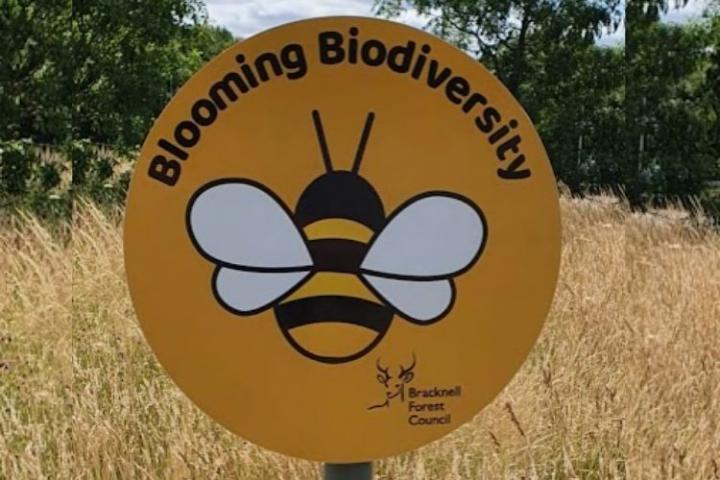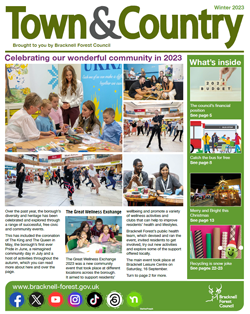
Over 35 new bee-utiful signs have been installed around the borough to promote areas of wildflower growth and biodiversity.
These signs will be present at many roadside verges around the borough where the Bracknell Forest Council’s Environmental Services team has purposefully let wildflowers and vegetation grow to encourage insects and plants to thrive. These areas of longer grass may sometimes look unkempt, but they are an important habitat for wildlife, including:
- wildflowers such as the Common Spotted Orchid, Ragged-Robin and Devil’s-Bit Scabious
- insects such as the Gatekeeper butterfly, bees, grasshoppers, crickets and dragonflies
- small mammals such as field voles
- birds such as skylarks, robins and blackbirds
Cllr Mrs Dorothy Hayes, MBE, Executive Member for Environment, said:
“We are well known in Bracknell Forest for having beautiful parks and green spaces, but the decline in pollinator insects over recent decades has encouraged us to nurture other parts of the borough to help create habitats for bees, butterflies and other wildlife.
“You’ll now be able to spot these areas more easily across the borough with the addition of our brightly coloured signs to match the blooming wildflowers.
“Not only will the increased foliage benefit our local environment, but the reduction in grass cutting in these areas will decrease the council’s carbon footprint.”
Increasing roadside nature reserves is part of the Bracknell Forest Biodiversity Action Plan, and the council will aim to increase the number of biodiversity spots across the borough in the coming years.
Biodiversity is also a big factor in the council’s climate change strategy for the next four years. Read more about how the council is reducing the effects of climate change, by visiting the climate change action plan.
